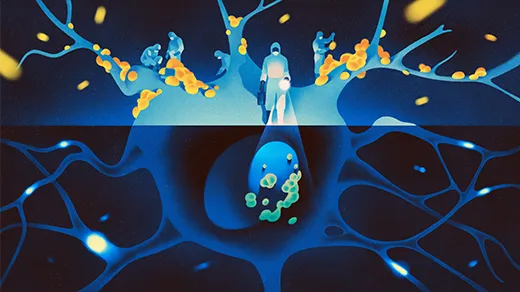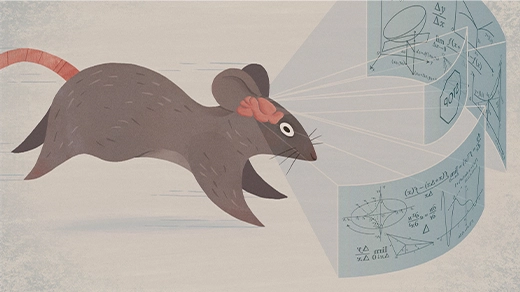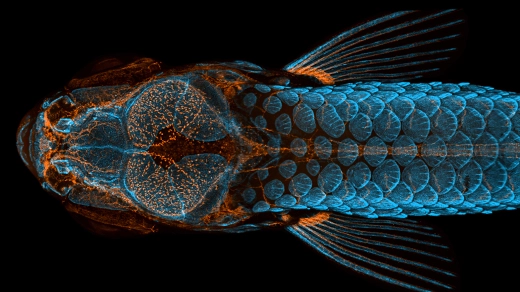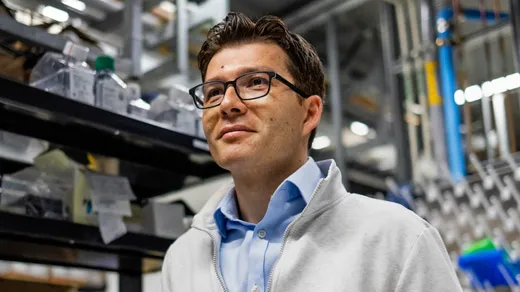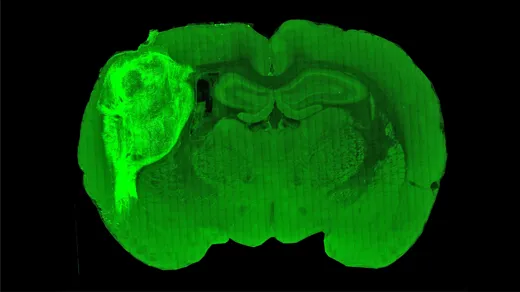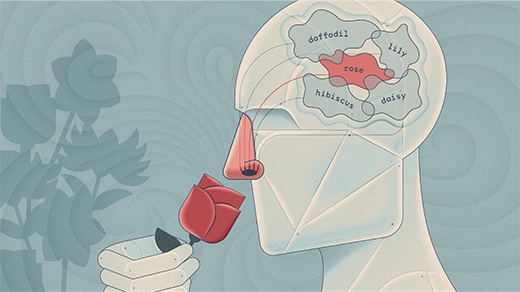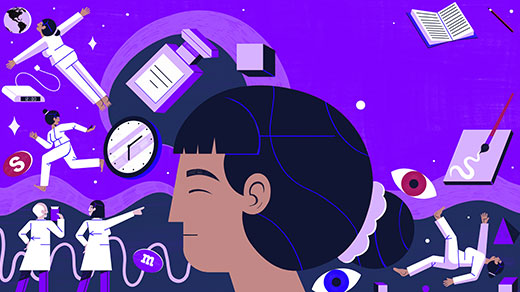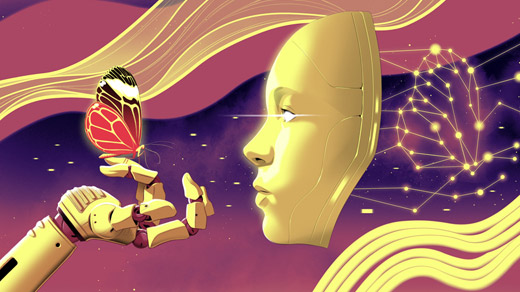What's up in
Neuroscience
Latest Articles
What Causes Alzheimer’s? Scientists Are Rethinking the Answer.
After decades in the shadow of the reigning model for Alzheimer’s disease, alternative explanations are finally getting the attention they deserve.
The Brain Uses Calculus to Control Fast Movements
Researchers discover that to sharpen its control over precision maneuvers, the brain uses comparisons between control signals — not the signals themselves.
The Gut Microbiome Helps Social Skills Develop in the Brain
New research in fish suggests that gut microbes can have a crucial early influence on the brain’s social development.
Human Brains Are Hard to Study. He Grows Useful Substitutes.
With stem cell technology and lab-grown brain organoids, Sergiu Paşca seeks the causes of autism and other neuropsychiatric conditions.
Lab-Grown Human Cells Form Working Circuits in Rat Brains
Letting human brain organoids grow in animal brains could be an ethical new option for experimental studies of neurological disorders.
Machine Learning Highlights a Hidden Order in Scents
Efforts to build a better digital “nose” suggest that our perception of scents reflects both the structure of aromatic molecules and the metabolic processes that make them.
A Good Memory or a Bad One? One Brain Molecule Decides.
When the brain encodes memories as positive or negative, one molecule determines which way they will go.
Why and How Do We Dream?
Dreams are subjective, but there are ways to peer into the minds of people while they are dreaming. Steven Strogatz speaks with sleep researcher Antonio Zadra about how new experimental methods have changed our understanding of dreams.
Self-Taught AI Shows Similarities to How the Brain Works
Self-supervised learning allows a neural network to figure out for itself what matters. The process might be what makes our own brains so successful.
